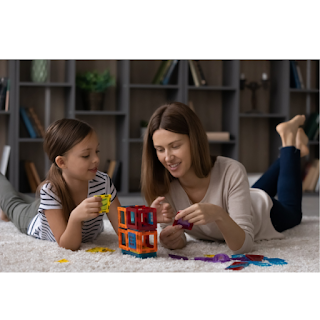This article discusses the benefits of breaking down conversation into questions and how this can help kids with autism engage in conversation. The report provides some examples of questions that might be used in different situations and also offers tips on how a parent can make this process more interesting for their child.
ABA Therapy to Help with Conversations
ABA therapy is available for kids who struggle with conversational skills, reading comprehension, etc. ABA therapists typically present questions that the child may have difficulties answering at first. They then have the child provide answers and praise them for doing well. This pattern continues so that the child learns how to answer questions independently.
How to guide a conversation for children with autism?
There are a few ways to help children with autism engage in conversation. For starters, it is essential to provide a quiet play area for the child to explore. This will minimize the sensory overload the child may be experiencing and make them more comfortable in social interactions. Second, try to use short sentences during your conversation with children. It is also important not to interrupt too often or give unclear directions. Lastly, try to use the child's name repeatedly in your conversation with children with autism and talk about familiar things to them.
When talking to a person with autism, use short phrases and sentences. This will help with processing language. When speaking, do not interrupt them—they may have trouble understanding you if they answer before you finish your sentence. Give instructions one step at a time. Be sure to speak slowly and clearly and be consistent with what you say— if a teacher says something once, she should follow up with the same information later. Try to use the child's name often in your conversation with children with autism and talk about familiar things to them.
Questions to Encourage Conversation
Some good questions to ask a child with autism are "What is your favorite movie?" and "What is your favorite game?" For some children, it is easier to answer a question when they are asked what they want. Still, other children may want you to tell them a story or draw something. Children with autism may also enjoy playing games such as guessing how many fingers are on the hand, how many objects can fit in an empty box, etc. Convey interest in the child's activities and preferences. Children with autism may be more likely to respond to adults who show a genuine interest in their likes, dislikes, abilities, and struggles. The adult needs to convey that she cares about the child's feelings.
Ideas for Conversation Questions
-What are your favorite foods?
-What is your favorite movie?
-How did you spend your summer vacation?
-What are you working on?
-What is your favorite book?
-What is your favorite movie?
-Who are your friends?
-Do you have any pets?
Conclusion
The best way to get kids to talk is to ask questions that elicit an emotional response. Asking them about their favorite book, game, or toy will get the conversation going and help them open up. Having a diverse selection of books on hand can also be helpful.
The most important thing is to keep trying. It takes practice for kids to become comfortable talking with adults, and if they feel frustrated or embarrassed, they may decide not to speak with adults.


.png)




